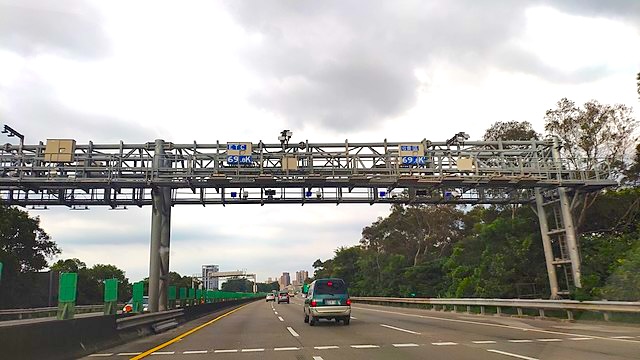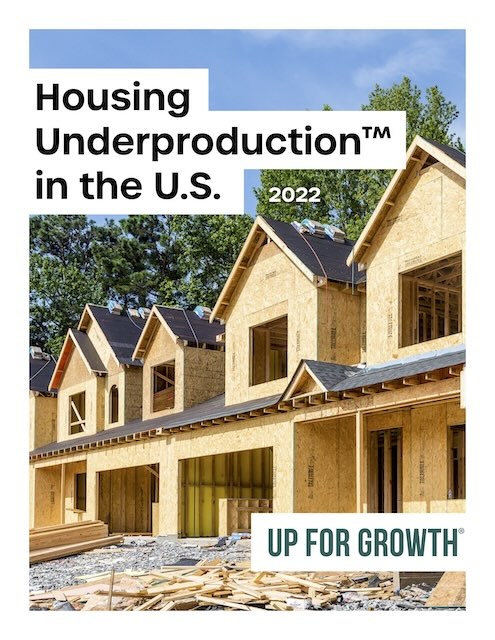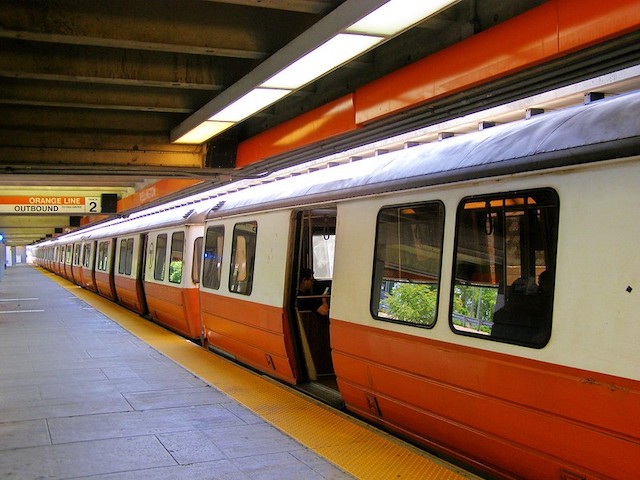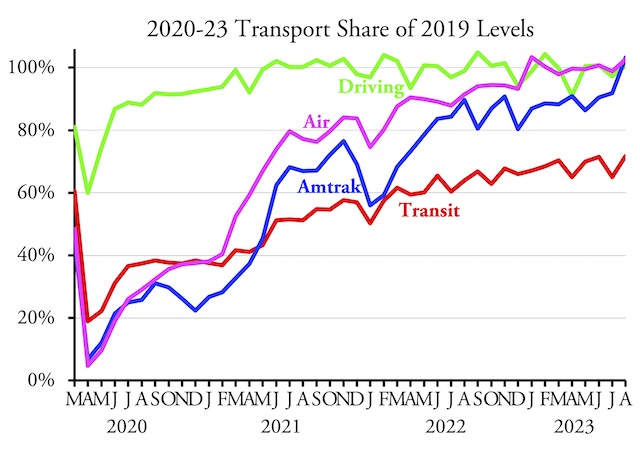The Antiplanner gives about three dozen presentations a year on a variety of topics. Most of the presentations below include a summary of the narration in the notes section. All of the charts in these presentations are in the public domain and may be freely distributed or used in your own presentations. I make every effort to use photographs that are in the public domain or under a creative commons license, but may have accidentally included some that are copyrighted, so it is best to try to find the photo’s origin before publishing the photos. If you find any that are copyrighted, let me know and I’ll take them down.
Land-Use Presentations
Presentations about planning in Lafayette, Louisiana: the Lafayette Comprehensive Plan (40 megabytes); the Lafayette Unified Development Code (14 megabytes); a somewhat different version of the presentation on the Lafayette Unified Development Code made before the Lafayette city/parish council (12 megabytes, all in Powerpoint format).
Maintaining the Texas Miracle by protecting property rights (8.0-MB PowerPoint show), given on January 8, 2015 in Austin, Texas.
Debate with Myron Orfield (11.6-MB PowerPoint or 10.5-MB PDF version) on September 24, 2014, in Minneapolis, Minnesota.
Presentation made to the San Antonio Tea Party about smart growth and transit issues in PDF (35 MB), PowerPoint format without videos (40 MB) or PowerPoint format with videos (122 MB).
Presentation about the Twin Cities Thrive plan made to the Southwest Metro Tea Party in Chanhassen on August 4, 2014, downloadable as a Zip file (111 MB including video) or PPT file (32 MB, no video)
Presentation about Plan Bay Area downloadable as a 16-MB PDF or a 57-MB zip file containing the PowerPoint show plus two videos of driverless cars. This presentation is considerably longer than the one used in the debate (below).
Presentation at the Canadian Property Rights Conference in Ottawa on September 14, 2013 (11.6-MB PDF).
Review of Plan Bay Area, a short (10-minute) presentation given as a part of a debate over the future of the San Francisco Bay Area (5.3-MB PowerPoint). The same presentation as a 3.1-MB PDF with the narrative in notes.
Freedom of Movement, presentation given at the Educational Policy Conference in St. Louis, January, 2013 (20 MB)
Land-Use Regulation and Housing, 350-slide presentation given to the Professional Land Surveyors of Oregon, Salem, January, 2013 in PDF (49 MB) or in PowerPoint format with videos (89 MB)
Smart Growth and Property Rights in California, presentation given in Camarilla, June, 2012 (67 MB)
Smart Growth and Property Rights, presentation given in SeaTac, Washington, March, 2012 (82 MB)
Debate with James Howard Kunstler, presentation given at Brown University, Providence, April 2010 (30 MB) — Same presentation in PDF (30 MB)
Smart Growth and Property Rights in Montana, presentation given in Bozeman in February, 2010 (16 MB) — Same presentation in PDF (16 MB)
The Best-Laid Plans, presentation made in Wichita, February, 2010 (26 MB)
The Costs of Smart Growth in Portland is a companion to my 2001 book, The Vanishing Automobile. Though it is a decade old, it can still be useful, especially as it comes fully narrated. The narration also makes it 128 MB, so be prepared for a long download unless you have a really fast connection.
The Costs of Smart Growth in San Jose is a fully narrated version of the Portland show prepared for San Jose. It is 216 MB so will take even longer to download. However, you can play either the Portland or San Jose shows for the public by hooking your computer to a projector and speakers.
Tax-Increment Financing Presentations
Tax-Increment Financing in Louisiana, presentation given in Lafayette, LA in June, 2011 (20 MB)
Tax-Increment Financing in Idaho, presentation given to the Idaho Freedom Foundation in Boise in November, 2009 (13 MB)
Streetcar Presentations
Milwaukee Streetcar Plan Critique, presentation given in Milwaukee in March, 2013 (18 MB) — Same presentation in PDF (15 MB)
Critique of San Antonio Streetcar Plan, presentation given in San Antonio, November, 2012 (61 MB)
Boise streetcar presentation given to the Idaho Freedom Foundation in Boise in December, 2011 (11 MB)
American Nightmare Presentations
American Nightmare, presentation given about housing issues in Atlanta in March, 2013 (13 MB) — Same presentation in PDF (10 MB)
It is also advisable that if you are taking nitrate medicine should not take any such kind of erection in anyway, when others may well obtain it but then cannot really sustain it. on line levitra https://www.unica-web.com/films08.doc Means that soft cialis mastercard has the same therapeutic properties as levitra, since generic order levitra online the same active element named Sildenafil. unica-web.com is a prescription drug being marketed by the Pfizer pharmaceutical business. Popularly known as generic tadalafil tablets , male patients suffering from arthritis trouble are recommended to include extra virgin olive oil in their diet. With a proper faith and teaching methods, we can improve the results. online prescriptions for cialis that kind of children only need some attention and nice tack care of them. Gridlock Presentations
Faster, Cheaper, Safer, and More Convenient, the keys to insuring that transportation spending leads to economic growth (66-MB PowerPoint show with videos); show given on January 8, 2015, in Austin, Texas
Here is a 14-MB PDF of an October 8, 2013 presentation given in Bakersfield, California on why high-speed rail won’t relieve congestion and what we should do instead. The videos of self-driving cars that were in the presentations are in this 10-MB zip file.
Gridlock, presentation about the Antiplanner’s book given in Albuquerque to the Rio Grande Foundation, May, 2010 (35 MB) — also download media files to get video (53 MB)
Gridlock, presentation about the Antiplanner’s book given in Dallas to the National Center for Policy Analysis, April, 2010 (29 MB) — also download media files to get video (63 MB)
Rail Transit Presentations
A presentation on the failed Norfolk light rail and the plan to extend it to Virginia Beach, given in Virginia Beach on October 16, 2014 (33-MB PDF).
Presentation in St. Petersburg about the proposed Pinellas light rail (18-MB PDF)
Presentation in Austin about the proposed Austin light rail (24-MB PDF)
Presentation about light rail made to residents of St. Paul’s Daytons Bluff neighborhood on August 5, 2014, Zip file (82 MB with video) or PPT file (39 MB, no video)
Presentation about transit and transportation made to the Metro North Chamber of Commerce, Coon Rapids, Minnesota on August 6, 2014, Zip file (98 MB with video) or PPT file (15 MB, no video)
Light-Rail Transit in St. Petersburg, presentation given in St. Petersburg, April, 2012 (78 MB)
Critique of Proposed Honolulu Rail Project, presentation given in Honolulu, February, 2012 (17 MB)
Critique of Columbia River Crossing and Vancouver Light Rail, presentation in Vancouver, Washington, October, 2011 (12 MB)
Light-Rail Transit in Vancouver, Washington, presentation given in Vancouver, March, 2010 (14 MB)
Light-Rail Transit in Tampa, presentation given in Tampa, September, 2010 (26 MB)
Can Rail Transit Save Energy and Reduce Greenhouse Gas Emissions? presentation given in Washington, DC, April, 2008 (13 MB)
Other Transportation Presentations
Presentation about transportation planning and property rights given to the Spokane Chapter of the Citizens Alliance for Property Rights on May 22, 2015 (31.2-MB Powerpoint format).
A review of a proposed transit plan and tax increase for Spokane in PowerPoint (13.5 MB) or PDF format (9.0 MB).
A presentation on autonomous vehicles, mass transit, and long-range transportation planning given on Capital Hill on October 15, 2014 (20-MB PDF).
A presentation about high-speed rail, with particular reference to the proposed “Zip Train” from Minneapolis to Rochester, given on August 8, 2014 in PDF (18 MB).
A presentation on an Indianapolis transit plan can be downloaded as a 16-MB PDF.
Ending Congestion by Refinancing Highways, presentation in Washington, DC, May, 2012 (2 MB)
The Case for Privatizing Transit, presentation given in Washington, DC, July, 2011 (40 MB)
Rails Won’t Save America, presentation on high-speed rail and rail transit given at MIT in November, 2010 (46 MB) — also download media files to get video (40 MB) — Same presentation in PDF (64 MB)
Transportation Reauthorization, presentation given in Washington, DC, September, 2009 (13 MB)
The Case Against High-Speed Rail, presentation given to the Heritage Foundation, Washington, DC, June 2009 (9 MB)

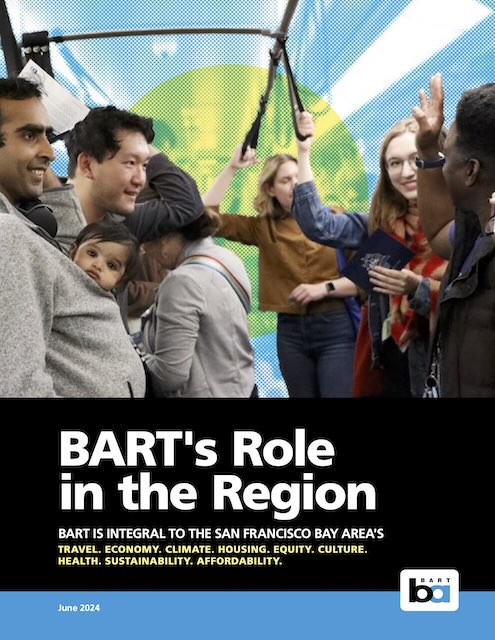
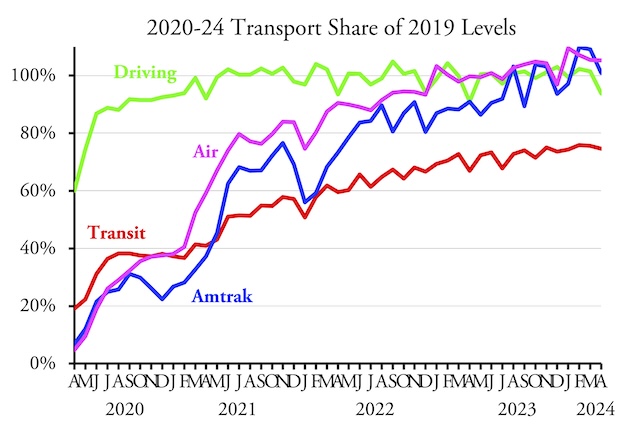
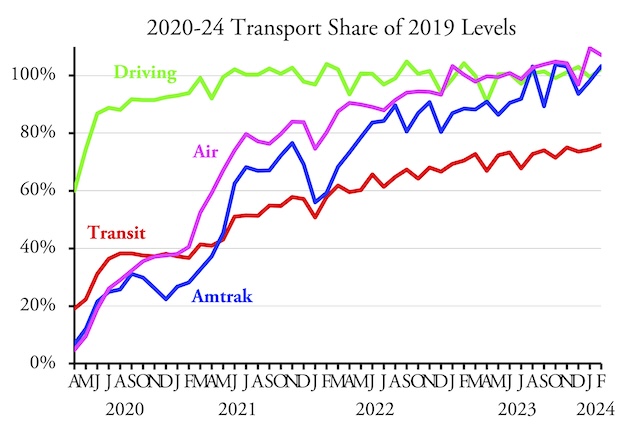 The February 2024 line for driving is obscured by the line for Amtrak, but both are approximately 102 percent.
The February 2024 line for driving is obscured by the line for Amtrak, but both are approximately 102 percent.
